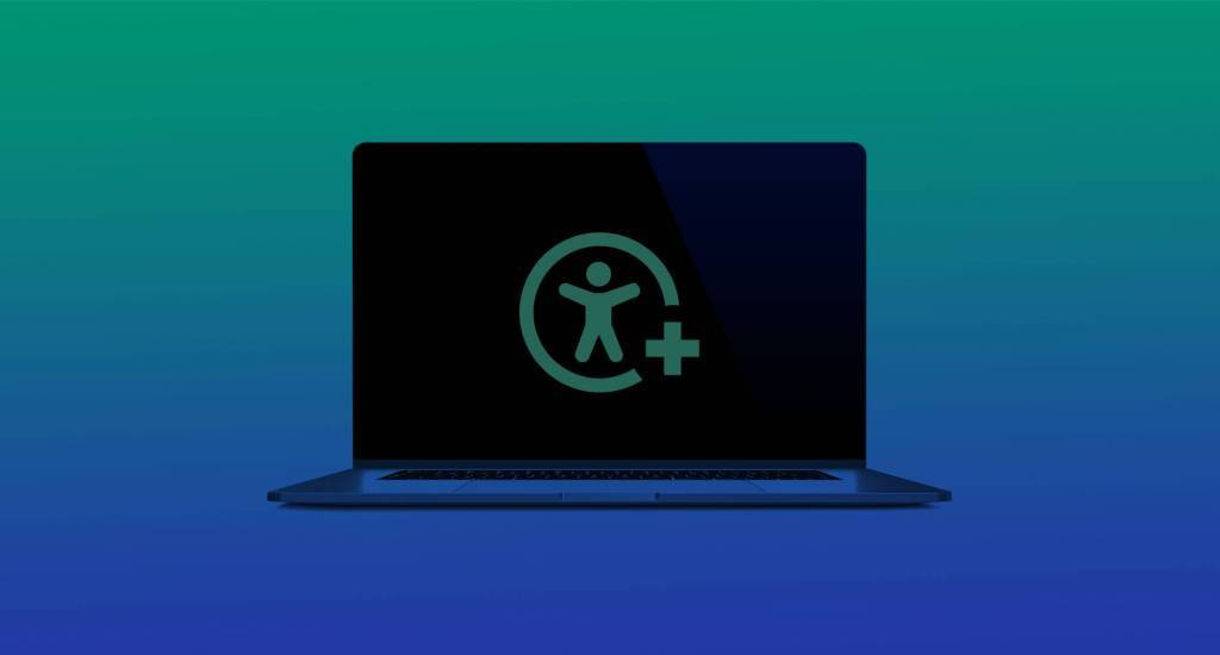Web Accessibility
Frequently Asked Questions
Design
Absolutely not. Accessible web designs will make your website look cleaner, which makes it easier for every user to navigate, especially people with disabilities. Ease of use is central to good design, so in that sense web accessibility actually improves web design.
No. Accessible web design is a major component of web accessibility, but it’s only part of the story. Often, web developers build additional functionality into accessible web design features, helping different groups of users overcome various conditions and challenges.
The contrast between colors or backgrounds is more important than which colors your design uses. Also, color alone should not be used to convey information. Avoid flashing elements with saturated reds.
Accessible design goes beyond helping people who are blind and visually impaired. For example, including user controls in image carousels helps ensure the carousel animation doesn’t negatively impact concentration for users with cognitive or neurological impairments. Another example is maintaining a logical hierarchy of headlines and font sizes down the page, which also supports users with cognitive impairments.
There are many, but an example might be including user controls in image carousels, which helps ensure the carousel animation doesn’t negatively impact concentration for users with cognitive or neurological impairments. Another example is maintaining a logical hierarchy of headlines and font sizes down the page, which also supports users with cognitive impairments.
Yes. Accessible design involves more than simply considering the visual elements of your website. Designers consider the functional needs of users with a range of disabilities, then implement methods and digital tools that work to meet those needs.
Universal Design involves creating products or environments that are usable for everyone to the greatest level possible without a layer of adaptation.
Do you have more questions about designing for accessibility? Get in touch with our design experts.
Development
Start by auditing your site. There are online tools that can get you started. Then your web development team must re-examine your website’s code and make the necessary updates to achieve compatibility and optimize for assistive technology.
ARIA (Accessible Rich Internet Applications) landmarks are link attributes embedded in the HTML of your website that allows screen reader users to more easily navigate different kinds of content on your web page.
Lawsuits.

Featured Blog
Accessible Website Development: Emerging Trends in 2020
Do you have more questions about the accessibility of your websites or apps at the code level? Get in touch with our development experts.
SEO
Making your website more accessible to users with disabilities can improve Technical SEO for each page, boosting its ranking on various search engines thanks to newly placed elements in your code that give Google and other site crawlers more context.
The short answer is “most likely.” While Google closely guards the algorithms its search engine uses to determine positioning on Search Engine Result Pages (SERPs), they have explicitly admitted that digital accessibility affects these algorithms, because site crawlers favor accessible sites. Additionally, SEO experts have observed, tested, and learned how to leverage accessibility tactics so that they resonate more with these algorithms, effectively helping those websites become more prominent and earning them more traffic.

Featured Blog
Web Accessibility and SEO: A Perfect Fit
Do you have more questions about the search engine performance of your websites or apps at the code level? Get in touch with our SEO experts.
Compliance
A web accessibility audit is the most thorough method for determining whether your website or application is compliant. Luckily for you, DBS Interactive offers digital accessibility audits that identify compliance issues, as well as remediation services to fix them.
Losing multiple lawsuits, according to recent court decisions. The ADA is written to heavily favor plaintiffs, and when you consider 97% of the world’s top 1 million websites currently fail a basic accessibility test, these plaintiffs typically have a solid case and quickly negotiate settlements favorable to them. But beyond the fiscal burden of fighting these lawsuits–which can add up quickly when you’re also on the hook for the plaintiff’s legal costs–there is also the negative publicity you will endure as a result of noncompliance.
Your newly accessible website will reach and engage a mostly untapped audience of users within the disability community–who comprise nearly 20% of the U.S. population and represent nearly $7 trillion in buying power–thanks to your improved user experience, which not only attracts these new users, but also makes your website easier to find by boosting your SEO and page ranks on search engines.
There’s no good answer to this, other than the Justice Department has taken a hands-off approach and left courts to enforce the ADA, making it clear that a lack of regulations does not excuse any website from liability.
No. The Web Content Accessibility Guidelines are a comprehensive guide provided by the World Wide Web Consortium (“WC3”), an international community of web experts. The WCAG can help guide you towards compliance, but they do not measure your legal liability under ADA.
No one knows for sure, because there are no regulations. The Web Content Accessibility Guidelines (WCAG) are just that–guidelines. They have no legal authority. Section 508 of the Rehabilitation Act adopts WCAG 2.0 for government websites, and the Air Carrier Access Act dictates accessibility requirements for airlines, but there are no laws that specifically set a legal standard for website accessibility.
Because the only unknown cost to a lawsuit is how much money and time is spent on the lawsuit. In other words: The cost of remediation for any organization will be the same, no matter how compliant they already are–and we can assume these lawsuits are only filed because plaintiff attorneys are confident they have a case; meanwhile, the cost of settling with the plaintiff is only slightly within the organization’s control, since they begin negotiations at quite a disadvantage. With this in mind, most organizations choose to settle early so they can cap the only costs that are within their control.
The best method to preserve your website’s ADA compliance and prevent ongoing lawsuits is to hire an accessibility partner whose sole responsibility is monitoring and maintaining your digital accessibility. This might mean hiring a new employee dedicated to that role, but more often organizations go with a more affordable and agile solution by choosing to hire a 3rd party (like DBS Interactive ) who specializes in servicing their digital accessibility needs.
In 2005, Government of Ontario, Canada, established The Accessibility for Ontarians with Disabilities (AODA).
There are two phases. The first phase began in 2012 Phase 1 - New or modified content or websites posted after January 1, 2012, must be WCAG 2.0 Leval A Compliant by 2014 Phase 2 - By January 1, 2021, government, businesses, nonprofits and public-sector organizations must be WCAG 2.0 ZZ compliant.
Yes. The law requires all public-sector and all private-sector organizations with 20 or more employees to file regular accessibility compliance self-assessment report with the accessibility agency.
Up to $50,000 a day for an individual or unincorporated organization.
Up to $100,000 for a corporation. Directors or other fiduciary officers can also be fined up to $50,000 a day.
Maybe. A U.S. company with 50 or more employees in Ontario with a website that reaches Ontario citizens may need to comply. We advise contacting legal advisers in Canada.
No.

